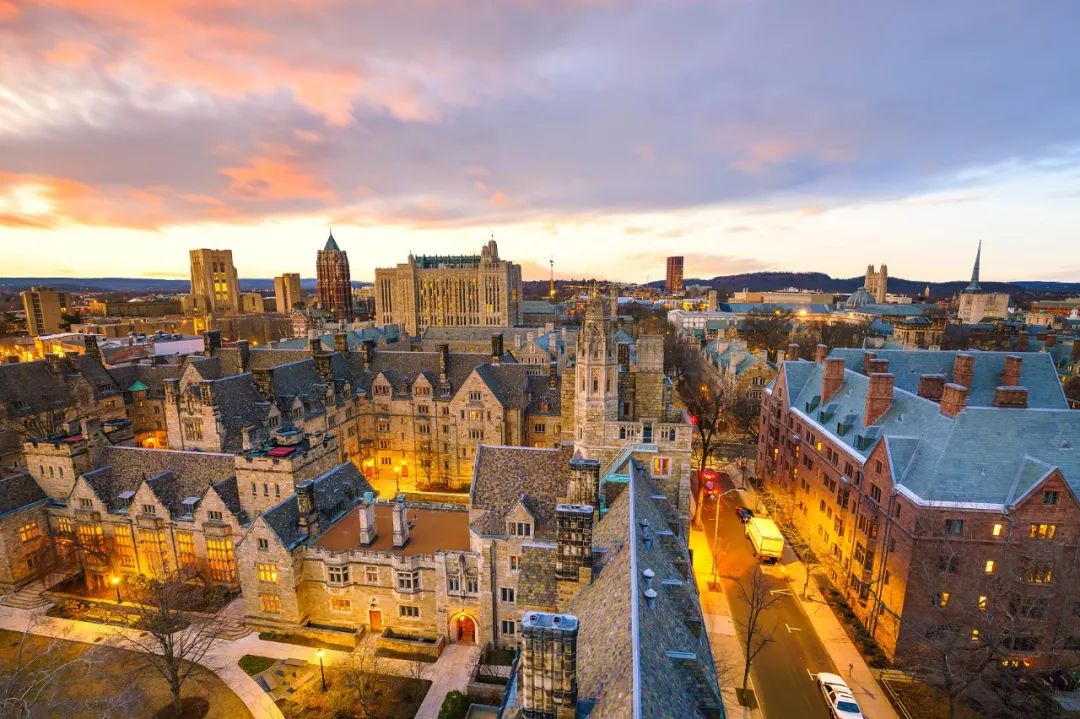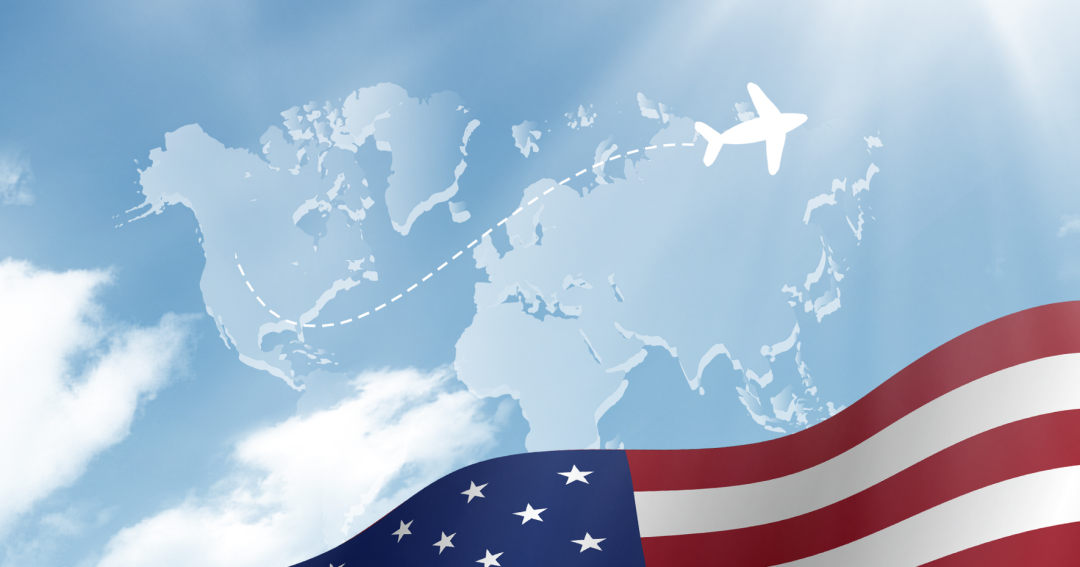
本文系2010年AP环境科学真题分享文,领取资料请滑至文末查看领取方式,在此之前为您分享环境科学里面的一个基础知识点:Global Water Resources and Its Use。
水资源的分布:
地球上75%是水,主要为海水,淡水仅占小部分。
淡水分层:
Epilimnion: uppermost; most oxygenated
Thermocline: demarcation of epilimnion and hypolimnion; temperature shifts dramatically
Hypolimnion: lower, colder, denser
Littoral zone: very shallow water at the shoreline; abundant sunlight; extend to the depth at which rooted plants stop growing
Limnetic zone: surface of open water; extends to the depth that sunlight can penetrate; organisms are short-lived and rely on sunlight to carry out photosynthesis
Profundal zone: an aphotic zone (no sunlight)
Benthic zone: deepest layer; very low temperatures and low oxygen levels
Groundwater地下水:
Fills underground porous spaces, from wells or aquifers (non-renewable).
Water mining: withdrawals from aquifers
如何保护地下水:
1. subsidize water conservation strategies
2. implement water conservation practices in residential homes
3. increase the price of water to discourage waste
4. reduce the number of water-intensive crops being grown
Surface water地表水:
Includes rivers, lakes, wetlands, estuaries, and oceans.
Hydroelectric power station水力发电站
流程:Create freshwater reservoirs flooding stores the surface water runoff
e.g. Three Gorges Dam三峡大坝,为世界上规模最大的水电站
三峡大坝的争议:水库中的植被腐坏会导致大量甲烷逸出,需要迁移人口等
Water transfer projects调水工程
将水资源从丰富地区运到不足地区,Aral Sea, California, China都有开展调水工程
海水分层:
Coastal zone: closest to land; between the shore and the end of the continental shelf
Euphotic zone: photic, upper layers; warmest region of oceans; highest levels of dissolved oxygen
Bathyal zone: middle region; insufficient light for photosynthesis; colder
Abyssal zone: deepest region; extremely cold temperatures; very low levels of dissolved oxygen; very high levels of nutrients
Upwellings: provide a new nutrient supply for the growth of living organisms in the photic regions
Red tides: toxic algal bloom
2010年AP环境科学真题预览

2010年AP环境科学真题下载
添加客服微信并发送消息「环境科学真题」,即可免费无条件领取~
 [series id='363' title='AP真题下载' limit='8']
[series id='363' title='AP真题下载' limit='8']


 [series id='363' title='AP真题下载' limit='8']
[series id='363' title='AP真题下载' limit='8']


 [series id='363' title='AP真题下载' limit='8']
[series id='363' title='AP真题下载' limit='8']










